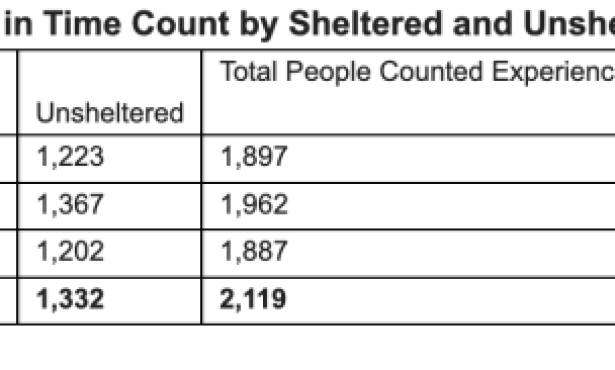Annual Chumash Tomol Crossing: Keeping Tradition Alive
Tribal members and descendants from the Chumash nation will set out on their annual journey across the Santa Barbara Channel on Saturday, September 7. This will be the ninth crossing to Santa Cruz Island in 150 years.
The pre-dawn launch is scheduled for 3 a.m. from the Channel Islands Harbor in Oxnard. The 21-mile trip, which retraces an ancient Chumash trading route, can take up to 13 hours depending on the ocean currents, wind and fog conditions.
The Chumash paddlers anticipate landing on Santa Cruz Island’s Prisoners Harbor where more than 100 family and friends will excitedly await their arrival. The landing site, Limuw, was once a thriving Chumash village and is now part of the Channel Islands National Park.
This year’s crossing will feature the tomols named Muptami of Kalawashaq, which means “memories of Santa Ynez” in Barbareno, and ‘Elye’wun of Syxtun, which means “swordfish of Santa Barbara” in Samala. Crews ranging from tribal elders to young adults will power the two tomols, with six paddlers in one and four in the other.
The traditional Chumash tomols, which were hand-hewn plank canoes, were historically eight to 30 feet long. The sturdy vessel was very important to the Chumash way of life. Built from redwood or pine trees, the tomols were used for fishing and trading, as well as traveling between the Channel Islands. The last Chumash tomols used for fishing were made around 1850. Today, the tomol is one of the oldest living examples of an ocean-going watercraft in North America. The early Spanish explorers made note of seeing these fast-moving vessels as they entered the Santa Barbara channel.
In 1913, an elderly Chumash man named Fernando Librado, who had grown up witnessing tomol building, made a tomol for anthropologist John P. Harrington. The anthropologist took meticulous notes and over the years his notes were used as a blueprint for modern day tomols.
That blueprint was recently used to design and build Muptami. At 30 feet, the tomol measures six feet longer than ‘Elye’wun. The tomol building project, which began in 2009, was a combined volunteer effort by tribal members from the Santa Ynez Band of Chumash Indians, including parents, grandparents and grandchildren as well as other Chumash bands and their families. Volunteer builders and woodworkers also donated their time and talent.
Dedicated supporters of the annual Chumash Tomol Crossing include the Barbareno Chumash Council, the Chumash Maritime Association, Channel Islands National Park and the National Oceanic and Atmospheric Administration.

